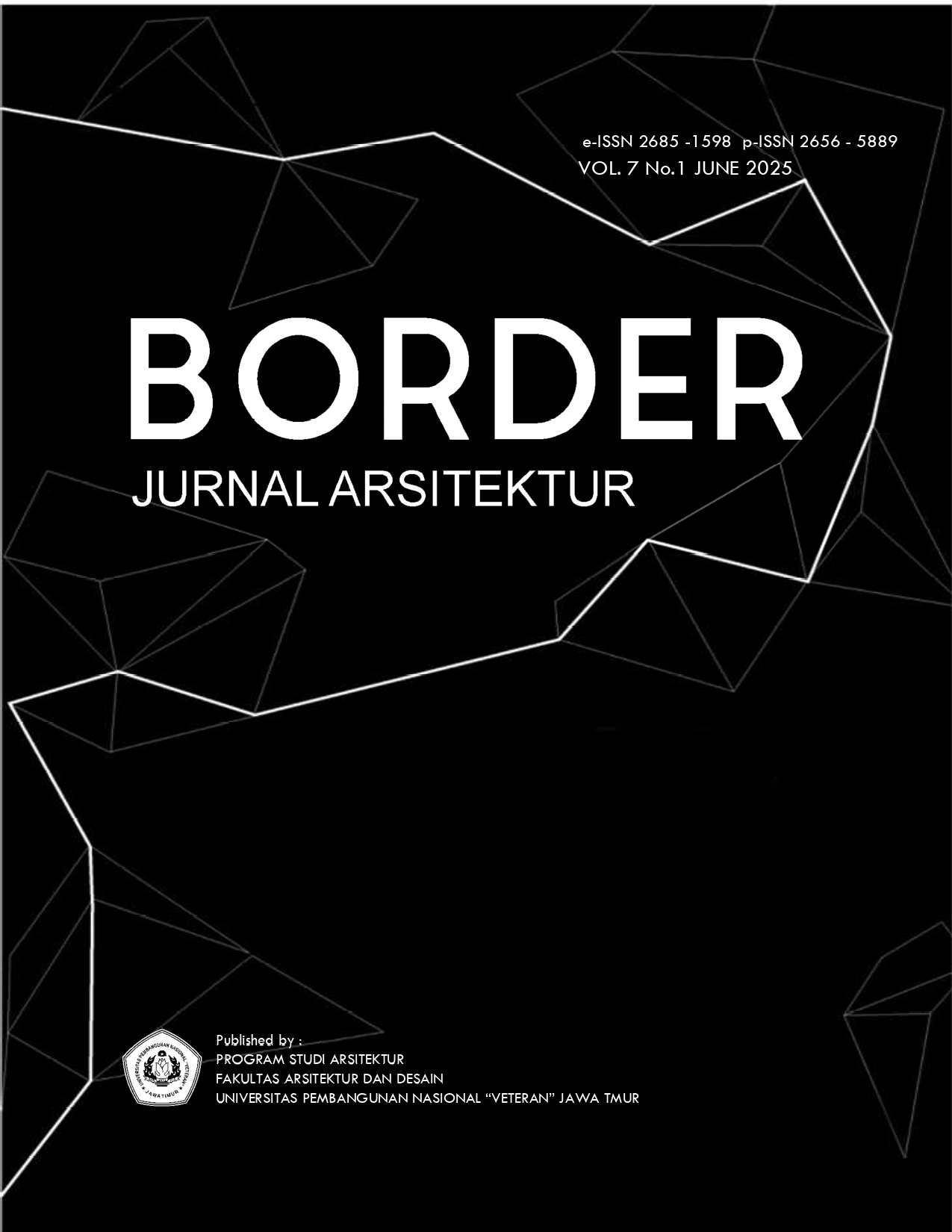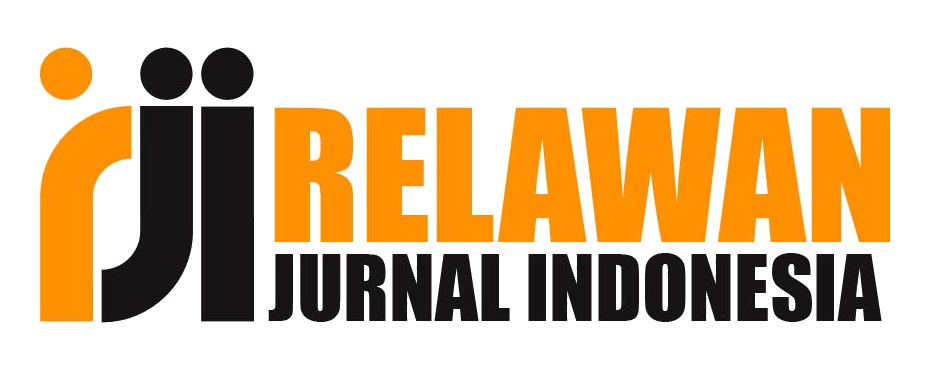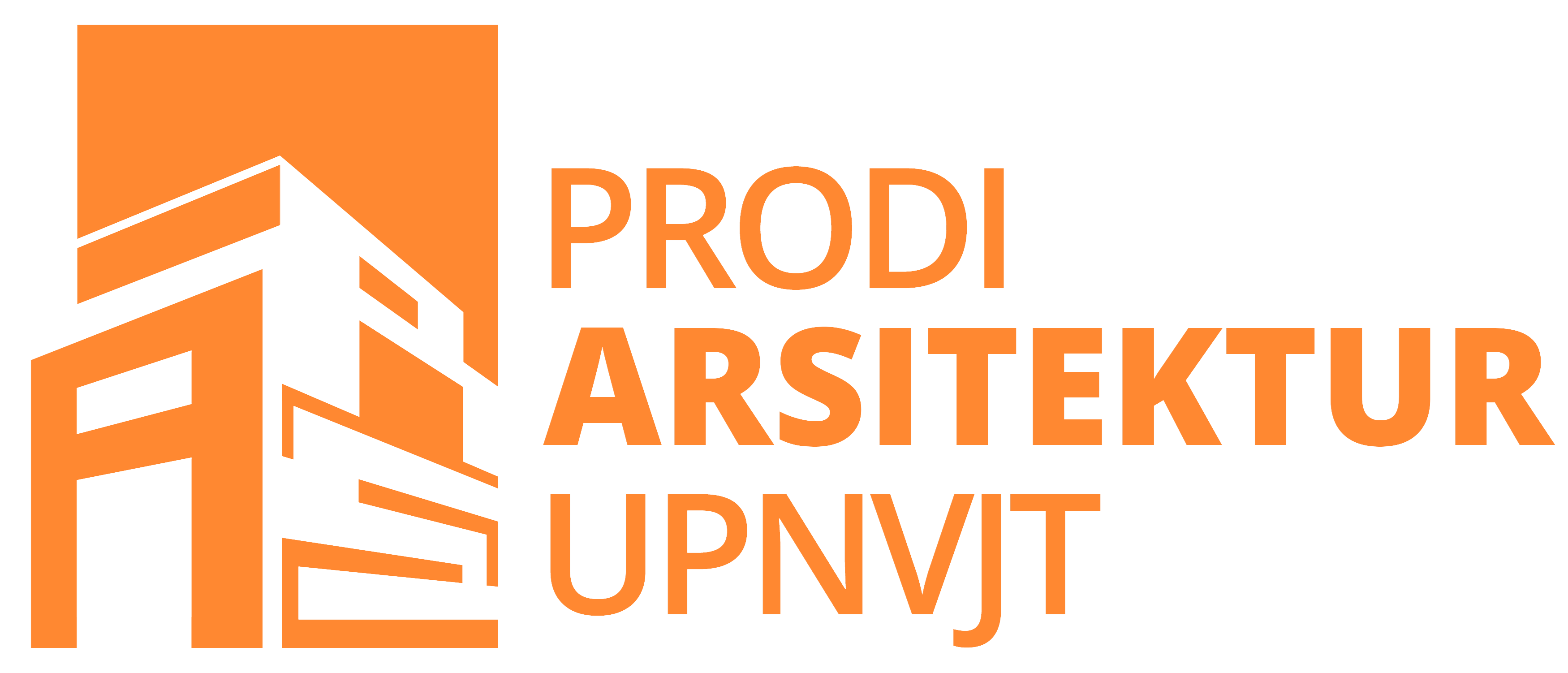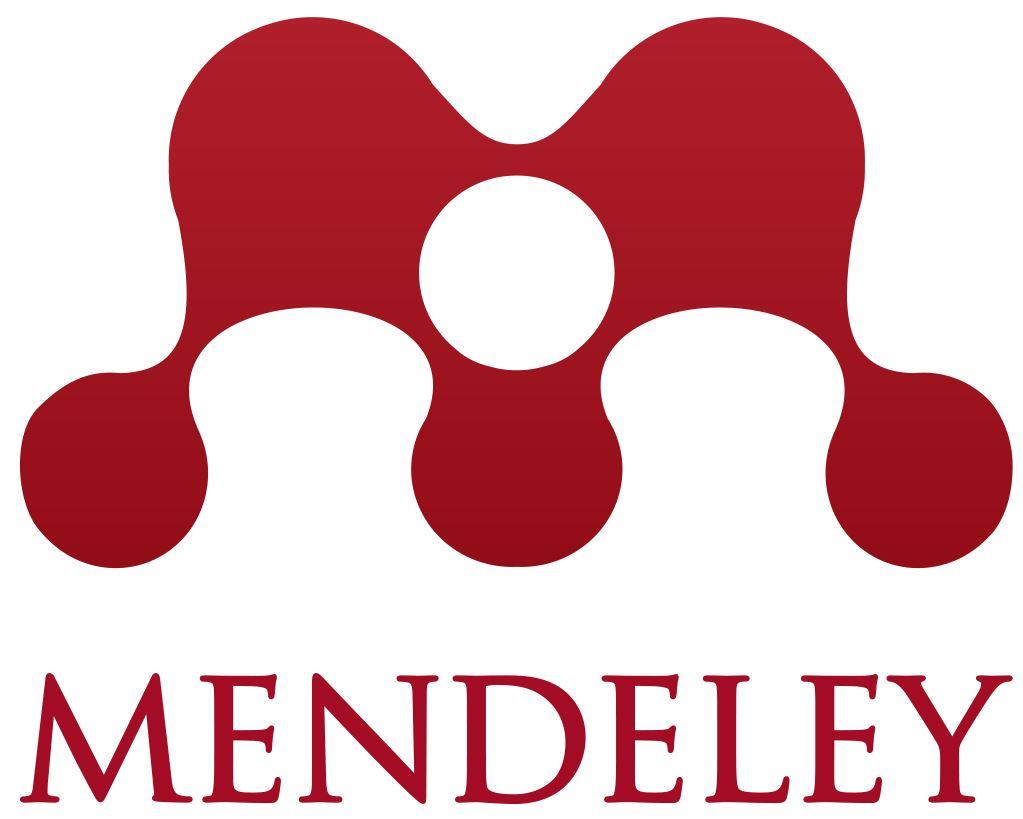MOISTURE-RELATED BUILDING DEFECTS IN HERITAGE BUILDING: A REFURBISHMENT-BASED ASSESSMENT
DOI:
https://doi.org/10.33005/border.v7i1.1276Keywords:
heritage building, moisture-related building defect, refurbishment, WHS guidelinesAbstract
Moisture-related building defects in Penang’s heritage buildings persist despite refurbishment efforts, posing threats to structural integrity, aesthetics, and occupant comfort. This problem is exacerbated by tropical coastal conditions, stringent conservation guidelines mandating original materials (e.g., lime), and the inherent vulnerability of aged structures. This study employed a mixed-methods approach, combining field surveys (thermal imaging, humidity tests) and user questionnaires across three refurbished heritage buildings (hotel): 23 Love Lane (strict WHS compliance), Jawi Peranakan Mansion (moderate), and USM Guesthouse (weak compliance). Quantitative data were analyzed via SPSS (descriptive statistics, chi-square tests). Key results revealed: (1) Moisture-driven defects (dampness, fungi, peeling paint) recurred in all buildings, with severity highest under strict compliance (27 defects at 23 Love Lane); (2) Weak-compliance USM Guesthouse used cement, reducing moisture ingress but violating authenticity; (3) User surveys identified peeling paint discomfort as significant concerns (P<0.05). The implications underscore a critical dilemma: strict material preservation perpetuates moisture susceptibility, while modern substitutions compromise heritage values. Effective refurbishment guidelines must integrate moisture-mitigation strategies compatible with historical materials and tropical environments.
Downloads
References
Ahmad, A. G., & Rahman, H. F. A. (2010). Treatment of salt attack and rising damp in heritage buildings in Penang, Malaysia. Journal of Construction in Developing Countries, 15(1), 93-113.
Aikivuori, A. (1996). Periods and demand for private sector housing refurbishment. Construction Management and Economics, 14(1), 3-12.
Bullen, P. A., & Love, P. E. (2011). Adaptive reuse of heritage buildings. Structural survey.
Farahani, B. M., Abooali, G., & Mohamed, B. (2012). George town world heritage site: what we have and what we sell? Asian Culture and History, 4(2), 81.
Gurnstein, P. (1985). Malaysian architecture heritage survey: a handbook (pp. 66). Kuala Lumpur: : Badan Warisan Malaysia, Heritage of Malaysia Trust.
Hussin, N. (2013). Penang Heritage City. from http://www.penangheritagecity.com/index.html
Khalid, M., & Mydin, M. A. O. (2012). Building Condition Assessment and Defect Analysis on Heritage Shophouses in Penang, Malaysia: Case Studies. Annals of the Faculty of Engineering Hunedoara, 10(3), 441.
Power, A. (2008). Does demolition or refurbishment of old and inefficient homes help to increase our environmental, social and economic viability? Energy policy, 36(12), 4487-4501.
Reyers, J., & Mansfield, J. (2001). The assessment of risk in conservation refurbishment projects. Structural survey.
Richardson, B. (2002). Defects and Deterioration in Buildings: A Practical Guide to the Science and Technology of Material Failure: Routledge.
Siew, T. T. (2002). Heritage Conservation Efforts in Georgetown, Penang (Malaysia). Partnerships for world heritage cities: Culture as a vector for sustainable urban development.
Talib, R., Ahmad, A. G., Sabri, A. M., & Suleiman, M. Z. (2014). Classification of factor affecting external wall defects focusing on lime material of heritage buildings in Penang, Malaysia. Journal of Emerging Trends in Engineering and Applied Sciences, 5(5), 295-299.
Watt, D. (2009). Building pathology: Principles and practice: John Wiley & Sons.
Watt, D. (2015). Surveying historic buildings: Routledge.
Yacub, M., & Salleh, N. M. (2022). Dampak Pemugaran pada Bangunan Cagar Budaya (Hotel) di Penang, Malaysia terhadap Nilai-Nilai Pusaka. Arsitekno, 9(1), 14-20.
Young, D. (2008). Salt attack and rising damp: a guide to salt damp in historic and older buildings.
Zolkafli, U. K., Zakaria, N., Yahya, Z., Ali, A. S., Akashah, F. W., Othman, M., & Hock, Y. K. (2012). Risks in conservation projects. Journal of design+ built, 5(1).
Downloads
Published
How to Cite
Issue
Section
License
Copyright (c) 2025 Border: Jurnal Arsitektur

This work is licensed under a Creative Commons Attribution 4.0 International License.

















